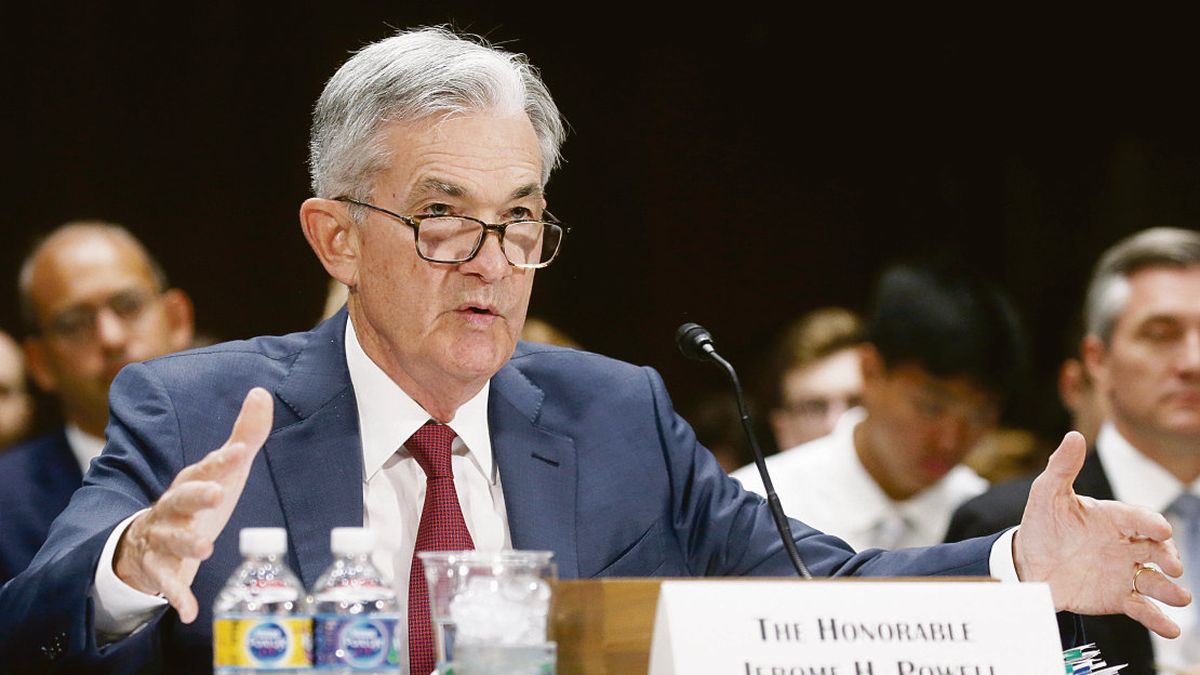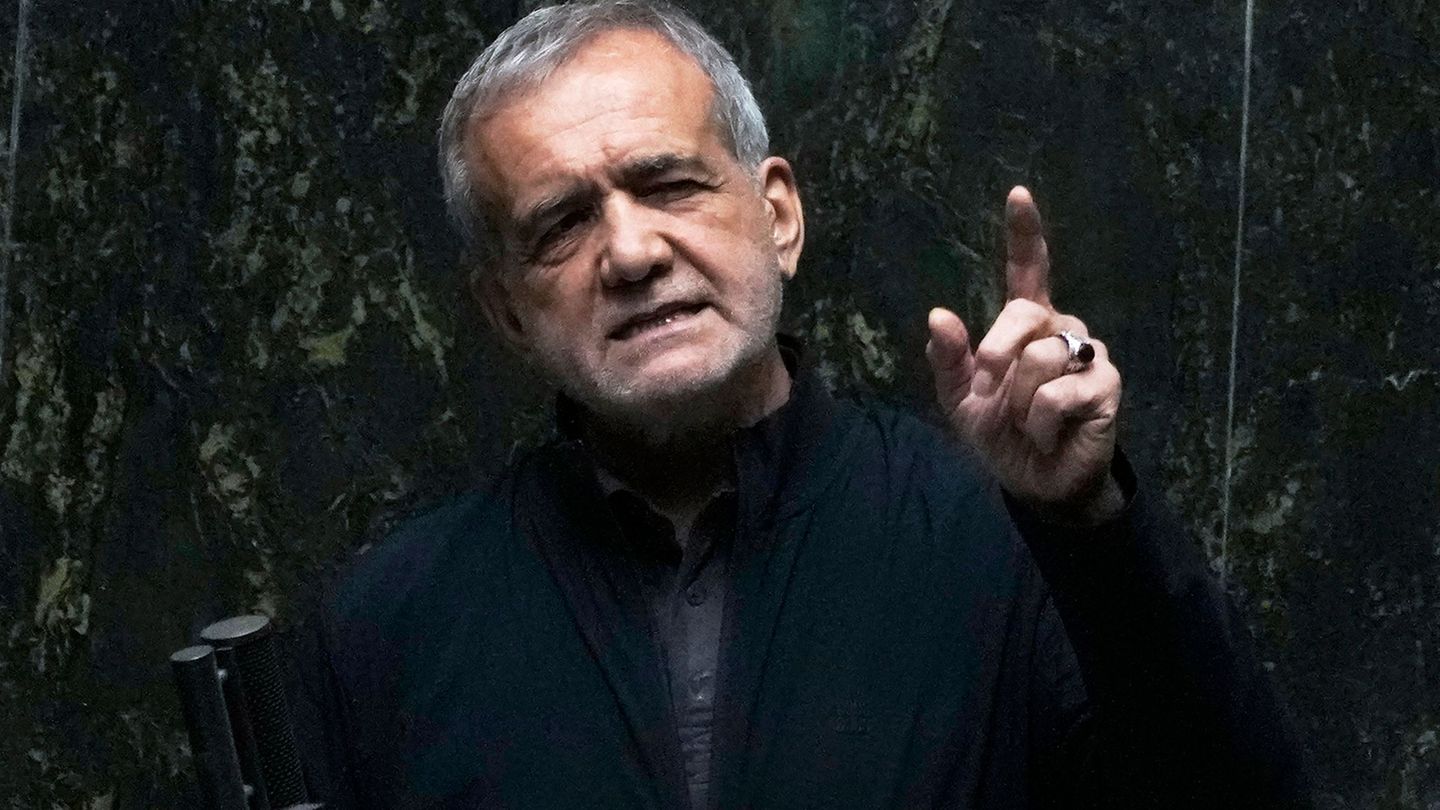On the other hand, if you choose a path of adjustment of a slower pace and size, you face the danger of having to live with a rate of inflation for a long time, which in the long run will also affect the level of activity, the price of assets, the value of the dollar, and may also end in a recession.
The path traveled up to now shows a very steep slope and a very sharp rate of adjustment that, however, did not manage to discourage the voracity of consumption and, consequently, the levels of inflation.
Exactly one year ago, on March 16, 2022, the Federal Open Market Committee (FOMC) decided the first of the eight interest rate increases that it has completed so far, leaving behind an unusual range between 0% and 0, 25% that began when Alan Greenspan occupied the chair of the FED.
the-federal-reserve-of-the-usa1.jpg
Despite all the adjustments, from the initial 0%/0.25% to the current 4.25%/4.50%, the United States economy had to live with an inflation rate that largely exceeded 9% per year in mid-2022. The liquidity absorption policy, which sought to subtract fuel from inflation, was not very helpful either.
In addition to this, the return of Treasury bonds and mortgage-backed securities that the FED rescued from financial institutions, starting in 2008, did not prove to be effective, despite the fact that the agency subtracted some 95,000 million dollars a month from the system.
And here is the first point that the analysts put on the table and wonder if it would not have been better to increase the minimum cash requirement for banks, to take away lending capacity from households and thereby weaken consumption and prices.
“The Fed will have to acknowledge that they were late in the game, that inflation has been more persistent than they expected. So they probably should have hardened earlier. That said, given the fact that the Federal Reserve has tightened as aggressively as it has, the economy is still very good,” said Gus Faucher, chief economist at PNC Financial Services Group, quoted by the Bloomberg agency.
The appearance of the black swan
But a black swan appeared. Despite the fact that the adjustments in the interest rate and the absorption of almost 600,000 million dollars seem not to have given the expected results to defeat inflationsuch a tourniquet would have contributed to being one of the main factors in the recent banking crisis, something that was enhanced by the particular management of each of the affected entities.
While the urgency of neutralizing inflation takes all the attention, the Fed and the entire financial system will have to move on an even more intricate path, while analysts warn of the need to review the control mechanisms of the entities.
How is it that the FED did not notice the problems of the entities? How come the financial stress tests failed or tampered with? Was there overconfidence in supervision? Is there lightness in the external audits of the banks’ balance sheets, something that splashes, among others, the Big Four, the main accounting companies in the world? Are the questions that analysts ask.
This will only be seen from May when the task of reviewing that supervision ends.
The effects of the banking crisis
For now, the crisis is beginning to unfold, but it is clear that it leaves a lot of collateral damage, not only from the Fed’s rate adjustments but also from a banking crisis that arises in regional entities dedicated to financing large-capitalization industries. , very solid on the surface, with very safe assets such as Treasuries, mortgage-backed securities and municipal bonds, but very weak in the face of volatility.
Many Wall Street analysts point their finger at the Fed headquarters in Washington, which they say is “bigly responsible” for the banking crisis.
They not only attribute that responsibility for their zero rate policy for many years, but also for the speed of adjustment of their reference indicator in the last year.
The force of the interest rate increase served to moderate inflation but also caused the parity of Treasury Bonds to fall due to the rise in interest rates and this affected the assets of financial institutions that had these titles as their main asset.
This would seem to be the heart of the crisis: Assets, of the highest quality, with an abrupt drop in parity, generated by the FED rate hike; long-term loans to start-up development companies and highly desirable market niches, but without immediately abundant cash flows and liabilities; short-term deposits, many of them used as working capital that operate as a self-financing mechanism for individuals, given the rise in money prices.
This was what happened with Silicon Valley Bank, the 16th bank in the country. Not only a mismatch of terms but also opposing forces and at different speeds, which now not only threaten the banks but also those who received their financing. The lever broke.
All this mechanism it leaves the FED board naked, in an isolated scenario in which it must make a critical decision in three days.
Finally, ahead of the midweek meeting, analysts, traders and investors seem to agree 4 to 1 that the Fed will favor a 25 basis point hike, according to a survey conducted by the CME Group, a of the main stock exchanges in the world.
Source: Ambito
I am a 24-year-old writer and journalist who has been working in the news industry for the past two years. I write primarily about market news, so if you’re looking for insights into what’s going on in the stock market or economic indicators, you’ve come to the right place. I also dabble in writing articles on lifestyle trends and pop culture news.




